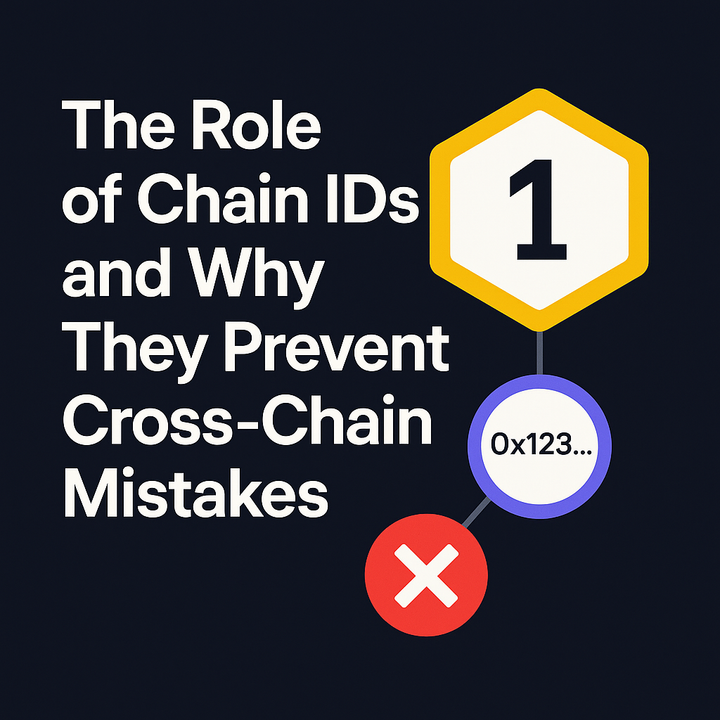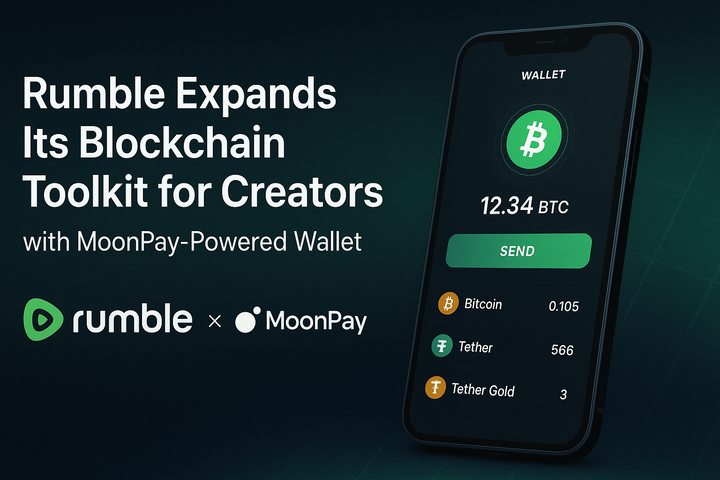IPOs from Crypto Firms: Circle, Bullish, and Gemini

For years, crypto firms thrived in the private markets, raising billions from venture funds while avoiding the scrutiny of Wall Street. But the tide is shifting. The IPO window, long considered out of reach for digital asset companies, has cracked open. Circle, the issuer of USDC, and Bullish, the exchange backed by Peter Thiel and Block.one, have already stepped onto the public stage. Now Gemini—the Winklevoss twins’ exchange—is preparing to join them.
The results so far have been uneven, and the stakes couldn’t be higher. These listings are more than just liquidity events; they’re a referendum on whether crypto can transition from a speculative narrative into a durable, regulated industry that stands up to public market scrutiny.
Circle: A Stablecoin Issuer in an Unstable Market
Circle’s IPO was one of the most closely watched debuts in recent memory. The company’s central role in the digital dollar ecosystem made it a bellwether for how Wall Street might value stablecoin issuers. At the heart of the story was USDC, Circle’s dollar-backed stablecoin that powers everything from DeFi liquidity pools to enterprise payments.
Investors initially piled in, buoyed by Circle’s revenue surge. Much of that growth came from interest income—Circle invests customer reserves in short-term Treasuries, and the Fed’s aggressive rate hikes turned that strategy into a profit engine. But the dependence on high interest rates quickly became a double-edged sword. As chatter about future Fed cuts spread, analysts began to question whether Circle’s earnings were sustainable.
The IPO became a case study in how public markets think differently than private investors. In private rounds, Circle’s dominance in stablecoins was enough to justify sky-high valuations. On the public markets, however, investors demanded clarity on reserve transparency, long-term business models, and how Circle planned to withstand regulatory shifts. One hedge fund manager summed it up: “Circle priced like a fintech darling, but trades like a bank without deposit insurance.”
Bullish: A Different Model, Same Volatility
Bullish entered the markets with a different pitch. Unlike Coinbase, which thrives on retail spot trading and faces constant fee compression, Bullish built its model around liquidity pools and institutional order flow. Backed by Block.one’s war chest and a blue-chip list of investors—including Peter Thiel, Alan Howard, and Louis Bacon—the exchange seemed designed to withstand the brutal competition in crypto trading.
Yet its public debut also delivered volatility. Shares initially rallied but quickly fell into a rollercoaster pattern as investors questioned trading volumes and transparency. Bullish’s hybrid model—half-exchange, half-liquidity provider—confused some analysts. Was it a fintech? A market-maker? A brokerage? That ambiguity made it harder to value.
Still, Bullish’s IPO demonstrated that exchanges outside Coinbase could make it onto public markets, even if investor appetite remained cautious. For optimists, this was a milestone: proof that crypto exchange models can diversify. For skeptics, it was another warning that the sector lacks stable, predictable earnings to satisfy long-term institutional investors.
Gemini: The Next Test Case
Now, all eyes are on Gemini. The Winklevoss twins’ exchange has long marketed itself as the “regulated” alternative in crypto—leaning on its New York trust charter and its reputation for compliance. Its upcoming IPO filing, however, comes with baggage.
The shadow of Gemini’s Earn program looms large. The dispute with Genesis, which left thousands of retail investors out of pocket, drew regulatory action and reputational damage. The question is whether public investors will see Gemini as a comeback story—or a litigation risk. Timing, however, may work in Gemini’s favor. With Bitcoin ETFs pulling in billions of dollars and institutions re-engaging with digital assets, the market environment is more favorable than it has been in years.
Gemini’s IPO is likely to be priced against Circle and Bullish’s performance. If those companies can stabilize their trading patterns, Gemini may benefit from renewed investor appetite. If not, the market could discount Gemini heavily, viewing it as another risky experiment.
Why Crypto Firms Are Going Public
So why IPO at all? For years, crypto companies had no shortage of private funding. Yet the move toward public markets signals a few deeper shifts:
- Access to Permanent Capital – An IPO provides balance sheet strength that venture rounds can’t match, especially important in a sector prone to liquidity crunches.
- Brand Legitimacy – Public listing signals maturity. For firms trying to win institutional clients—or lobbying regulators—it helps to be viewed as transparent and accountable.
- Liquidity for Early Investors – After a decade of massive VC bets, many backers want exits. IPOs offer a structured path to liquidity without relying on acquisitions.
- Regulatory Pressure – Public markets force companies to disclose, audit, and standardize operations. Some firms see this as inevitable and prefer to get ahead of the curve.
But these benefits come at a cost. Quarterly earnings cycles clash with the crypto industry’s boom-and-bust volatility. Short sellers circle around weak narratives. Regulators comb through filings for inconsistencies. The leap from private unicorn to public company isn’t just a funding event—it’s a stress test.
The Bigger Picture: Wall Street Meets Web3
These IPOs highlight a larger trend: the blending of crypto and traditional finance. When Circle discloses its reserves or Bullish outlines its liquidity model, they aren’t just talking to crypto natives—they’re talking to hedge funds, pension funds, and regulators.
The transparency cuts both ways. On one hand, it legitimizes crypto firms, helping them gain credibility with institutional investors. On the other hand, it exposes flaws that private valuations often overlooked. The very act of going public forces crypto companies to play by Wall Street’s rules.
This transition mirrors what fintech went through a decade ago. Companies like PayPal, Square, and Coinbase went through cycles of skepticism before finding their footing as public companies. The same story may unfold with crypto IPOs—early volatility, sharp revaluations, and eventually, a clearer picture of which firms can thrive.
What Comes Next?
The performance of Circle and Bullish is already shaping market sentiment. If their stocks stabilize and deliver growth, Gemini could price higher and open the door for other firms like Kraken or Anchorage. If not, the IPO pipeline could freeze quickly, with private companies preferring to stay in the shadows.
Either way, the message is clear: crypto’s future won’t just be decided in DeFi protocols or token launches. It will also be tested on Wall Street, in the court of quarterly earnings and public investor sentiment.
As one analyst put it: “Crypto firms thought IPOs would bring legitimacy. What they’re learning is that legitimacy comes with accountability—and accountability is brutal.”
Conclusion
The IPO journeys of Circle, Bullish, and soon Gemini represent a new frontier for digital assets. They mark the industry’s shift from private speculation to public accountability. The road is rocky, but the stakes are transformative.
If these firms succeed, they won’t just raise capital—they’ll prove that crypto can mature into a mainstream financial sector with transparent, sustainable business models. If they stumble, it will reinforce doubts about whether the industry can survive beyond hype cycles.
Either way, the experiment is underway. Crypto has stepped onto Wall Street’s main stage. The world is watching to see if it can handle the spotlight.
Internal Mitosis Links & Glossary References
- Bitcoin
- Blockchain
- Cryptocurrency
- Mitosis Core: https://university.mitosis.org/mitosis-core
- Governance: https://university.mitosis.org/governance
- Glossary: https://university.mitosis.org/glossary/
- Ecosystem Connections: https://university.mitosis.org/ecosystem-connections



Comments ()